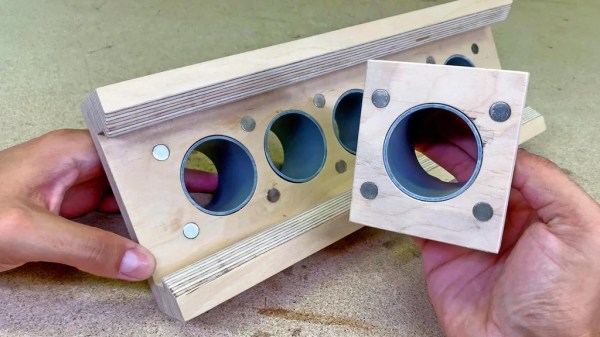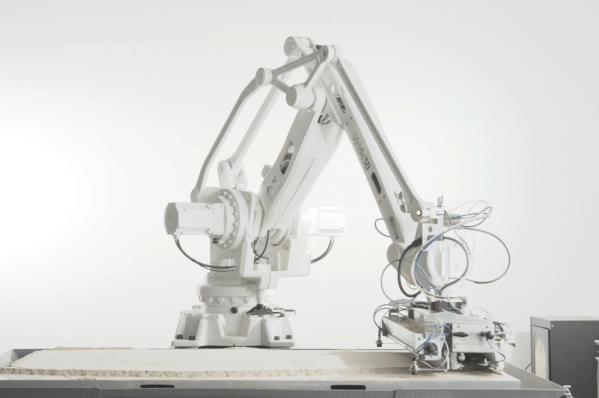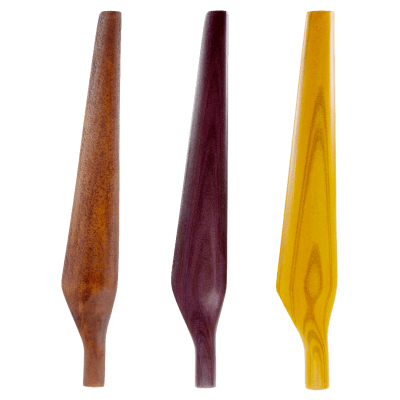Let’s say you’re doing lots of woodwork now, and you’ve expanded your workshop with a few big tools. You’re probably noticing the sawdust piling up awfully quick. It would be ideal to have some kind of collection system, but you don’t want to buy a shop vac for every tool. This simple manifold from [Well Done Tips] is the perfect solution for you.
It’s a basic rig at heart, but nonetheless a useful one. It consists of a plywood frame with a shuttle that slides back and forth. The suction hose of your shop vac attaches to the shuttle. Meanwhile, the frame has a series of pipes leading to the dust extraction ports of your various tools around the shop. When you power up a tool, simply slide the manifold to the right position, and you’re good to go. Magnets will hold it in place so it doesn’t get jostled around while you work.
It’s a much cheaper solution than buying a huge dust extraction system that can draw from all your tools at once. If you’re just one person, that’s overkill anyway. This solution is just about sized perfectly for small home operators. Give it a go if you’re tired of sweeping up the mess and coughing your lungs out on the regular. Video after the break.
Continue reading “Workshop Dust Manifold Spreads The Suction Around”














